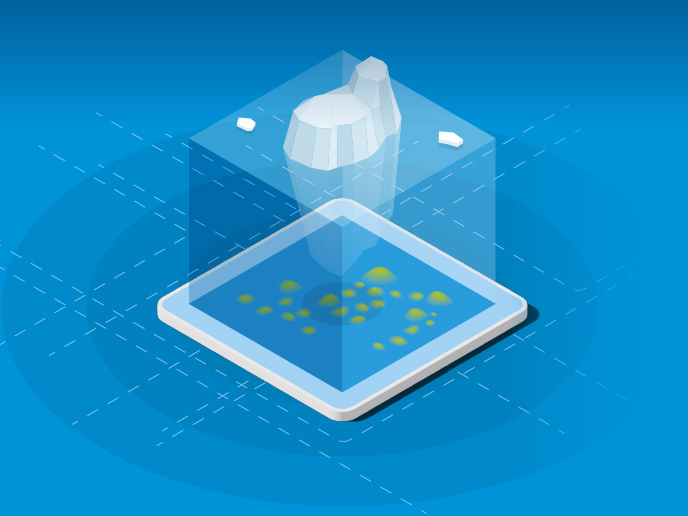Uncovering novel polar blue carbon ecosystems
We will contribute evidence about whether primary marine producers can help offset CO2 emissions and make specific suggestions for marine protected areas, especially in the Arctic.
Mikael Sejr, POMP project coordinator
Climate change is altering Arctic and Antarctic regions faster than the global average. As these areas are pivotal to the global climate system, this accelerates an environmental feedback loop. Critically, a warmer climate results in the loss of ice cover, in turn changing the polar oceans’ ecosystems. “To understand the longer-term consequences, we need to know how ice loss alters marine ecosystems’ structure, biodiversity and capacity to take up CO2, slowing climate change,” says Mikael Sejr from Aarhus University’s Department of Ecoscience in Denmark, and project coordinator of the POMP project. Sejr and his team will compile existing knowledge of the distribution of carbon-and biodiversity-rich habitats, and the expected impact of continued warming. While synthesising knowledge of both Arctic and Antarctic oceanic changes is challenging, POMP’s partners bring a strong track record of polar research in Europe, Canada and Greenland, yielding extensive data, much collected at sites which have long been documenting climate change impacts. Once collated, this local data will be combined with remote sensing data to train coastal and global ocean ecosystem models. “These models will study how different marine ecosystems have responded to changes in sea ice, glaciers and snow cover over the last 20-30 years, as well as forecast the likely impacts on future carbon fixation, storage and sequestration,” explains Sejr. The team are initially focusing on fixation by primary producers or plants, followed by storage (such as living biomass, over decades) and finally sequestration, with atmospheric removal over centuries to millennia. The gathered data suggest that increased transport of turbid freshwater from land into the coastal ocean might reduce coastal productivity, and the ability of marine ecosystems to capture carbon, in the future. “We will contribute evidence about whether primary marine producers can help offset CO2 emissions and make specific suggestions for marine protected areas, especially in the Arctic,” concludes Sejr.
Keywords
blue carbon, ocean-climate-biodiversity nexus, climate mitigation and adaptation, natural carbon sequestration, ecosystem services, marine biodiversity, ecosystem functioning, functional ecology, maritime spatial planning, ecosystem-based approach



